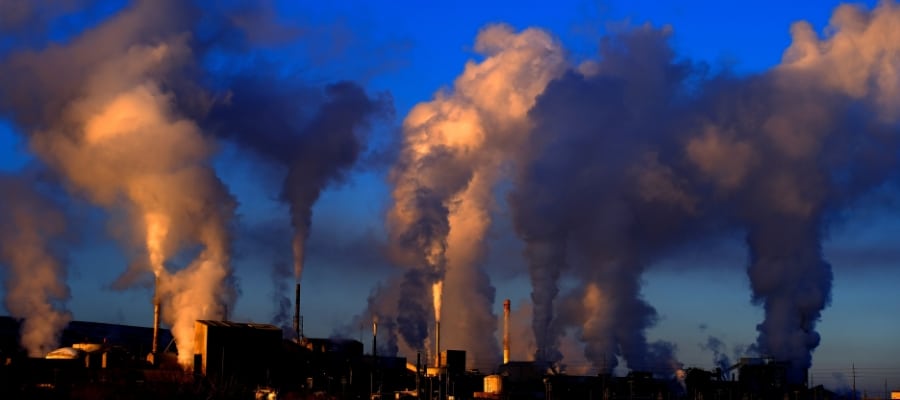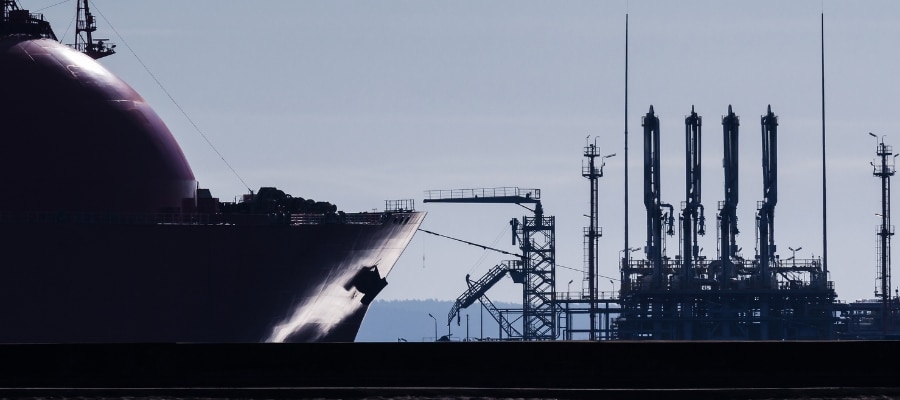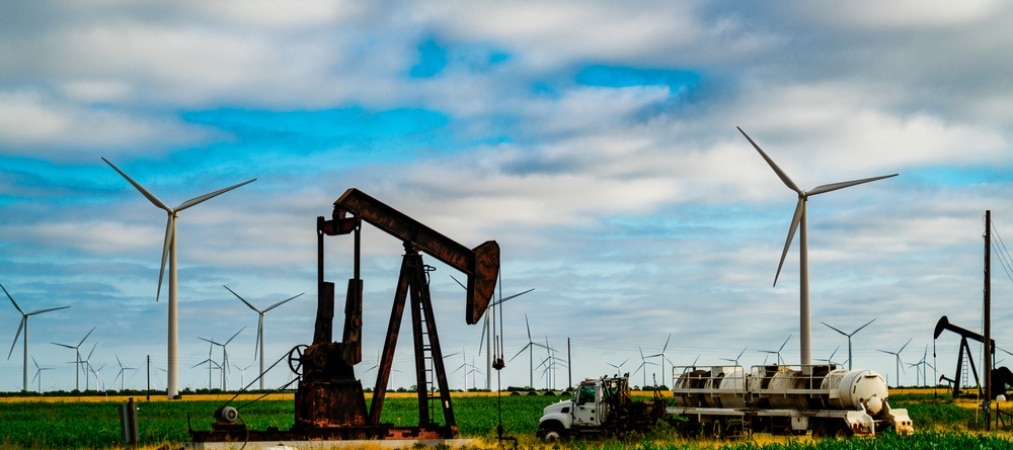On March 21, Europe’s largest proposed liquefied natural gas (LNG) import terminal – the Stade LNG onshore terminal – received its final investment decision (1). The terminal, which will receive fracked gas from the United States (2), is backed by Swiss private equity (PE) firm Partners Group, one of the largest PE firms in Europe. In total, five LNG import terminals under construction or planned in the European Union (EU) are backed by PE firms (3). Contrary to the discourse of their proponents, these terminals are not necessary to meet the region’s energy needs. In fact, there is a huge gap between the continent’s LNG expansion plans and projected LNG demand. Instead, these LNG terminals threaten the EU’s target of reducing greenhouse gas emissions by at least 55% by 2030 by locking the region into fossil fuels. Moreover, these projects may pose risks to investors in the funds managed by these PE firms.
Put simply, PE firms are characterized by investing in companies that are not publicly traded (listed in the public markets). The PE industry has yet to adopt sectoral policies restricting investments in fossil fuels. As a result, PE firms typically have no criteria that would prevent them from investing in LNG expansion. But even with this information, the PE industry’s fundamental role in LNG development can be surprising. While this issue is perhaps better understood in the United States, where the LNG boom began several years ago (4), it is largely unknown in Europe.
Research on the ownership of companies active in LNG expansion in the European Union shows that five LNG terminals, representing 23% of the total regasification capacity under construction and planned, are being developed by companies significantly controlled by PE firms, namely Partners Group, F2i, Asterion, IFM Investors and Macquarie Group (5). These PE firms’ stakes in LNG developers can be as high as 45%, making them, except for Macquarie Group, major backers of LNG expansion in the European Union (see Table 1).
Table 1. Private equity-backed LNG import terminals proposed or under construction in the European Union.
| PE firm | PE firm country | PE-backed company (owner and developer of the LNG terminal) | Total PE stakes | Policy with restrictions on LNG | LNG terminal | Capacity (Mtpa) | Status | Expected start-up year | LNG terminal country |
|---|---|---|---|---|---|---|---|---|---|
| Partners Group | Switzerland | Hanseatic Energy Hub | 30% | No | Stade onshore LNG Terminal | 9.78 | Proposed | 2027 | Germany |
| F2i and Asterion | Italy and Spain, respectively | Sorgenia | 35% | No | Gioia Tauro LNG Terminal | 8.82 | Proposed | 2026 | Italy |
| IFM Investors | Australia | VTTI | 45% | No | Zeeland Energy Terminal (previously, VTTI FSRU) | 3.68 | Proposed | 2024 | Netherlands |
| Partners Group | Switzerland | Hanseatic Energy Hub | 30% | No | Stade FSRU | 5.51 | Under construction | 2024 | Germany |
| Macquarie Group* | Australia | Deutsche ReGas* | Minority stake* | No | LNG Terminal Deutsche Ostsee – Phase II – Mukran LNG-Terminal | 0.59 | Under construction | 2024 | Germany |
Source: Analysis by Reclaim Finance using data from urgewald’s 2023 Global Oil and Gas Exit List.
*Energate, Macquarie Capital invests in Lubmin LNG terminal, September 2022.
Unnecessary LNG terminals locking the region into fossil fuels
Eight LNG import terminals have come online in Europe since February 2022 (6). Indeed, LNG expansion in Europe gained momentum in the context of Russia’s invasion of Ukraine and the energy security concerns it raised. However, gas demand on the continent has been falling since then, partly due to energy efficiency measures and the deployment of renewable energy. In fact, LNG consumption is expected to peak in 2025 (6). Nevertheless, the expansion boom continues, and the Institute for Energy Economics & Financial Analysis projects that the combined capacity of Europe’s LNG terminals could be three times higher than expected LNG demand by the end of the decade (6).
Such an expansion of LNG import terminals risks a long-term fossil fuel lock-in for the region and it’s at odds with the EU’s climate goals (7). Contrary to the industry’s argument, fossil gas is not a transition fuel. LNG is a major source of greenhouse gases due to methane leakage, primarily from the complex transportation process (8). It should not be overlooked that in 2022 the International Energy Agency’s Net Zero by 2050 scenario first stated that there was no room for new oil and gas midstream infrastructure, and not just new oil and gas fields.
Increased risk for investors in private equity funds
In light of the projected overcapacity of LNG terminals on the continent, the business case for LNG terminals is looking weaker. In fact, the average utilization rate of EU’s LNG terminals in 2023 was already 58.5%, and eight out of 37 European LNG terminals in service had utilization rates below 50% (9).
This may ultimately affect the investors in the PE funds that invest in the companies developing these LNG terminals. PE fund investors, also known as limited partners, are mainly institutional investors such as pension funds, insurance companies, and endowments (10). These investors receive their returns in the final years of the PE fund’s life cycle, which typically lasts about 10 years (11). One of the most common ways that PE firms managing PE funds generate returns for the funds is by selling its portfolio assets. However, if the assets earn less than expected or underperform, the PE firm may have difficulty selling them at a profit, thereby impacting the fund’s returns to investors.
Investors active in PE funds should ultimately adopt fossil fuel policies that limit investments in LNG expansion in all of their investments and ensure that PE investments are covered. The PE firms behind these five terminals -Partners Group, F2i, Asterion, IFM Investors, and Macquarie Group- need to halt their development not only because of climate concerns, but also because of their questionable commercial viability. Last but not least, PE firms in general should adopt policies that limit the expansion of fossil fuels, including the development of new LNG terminals.



